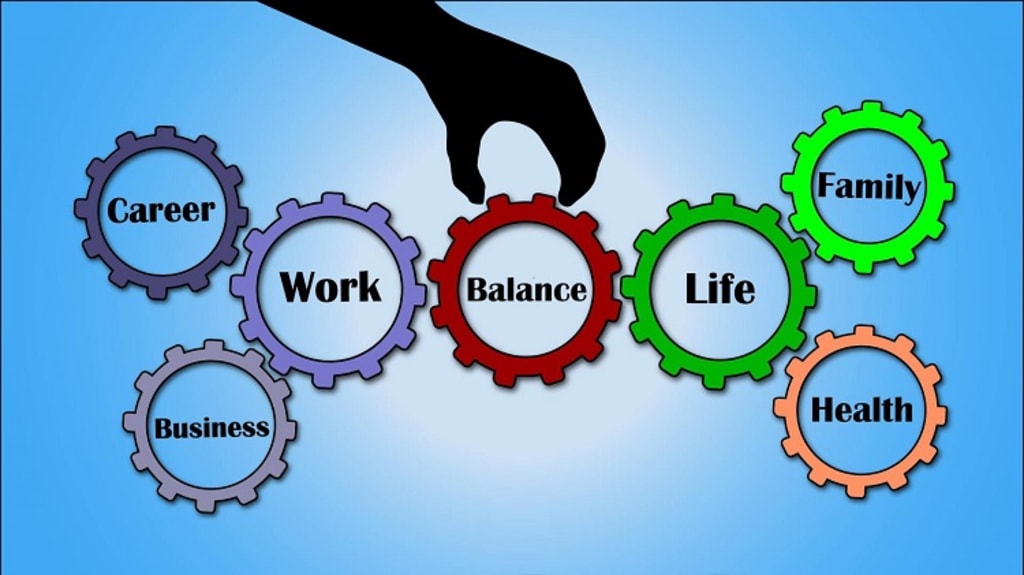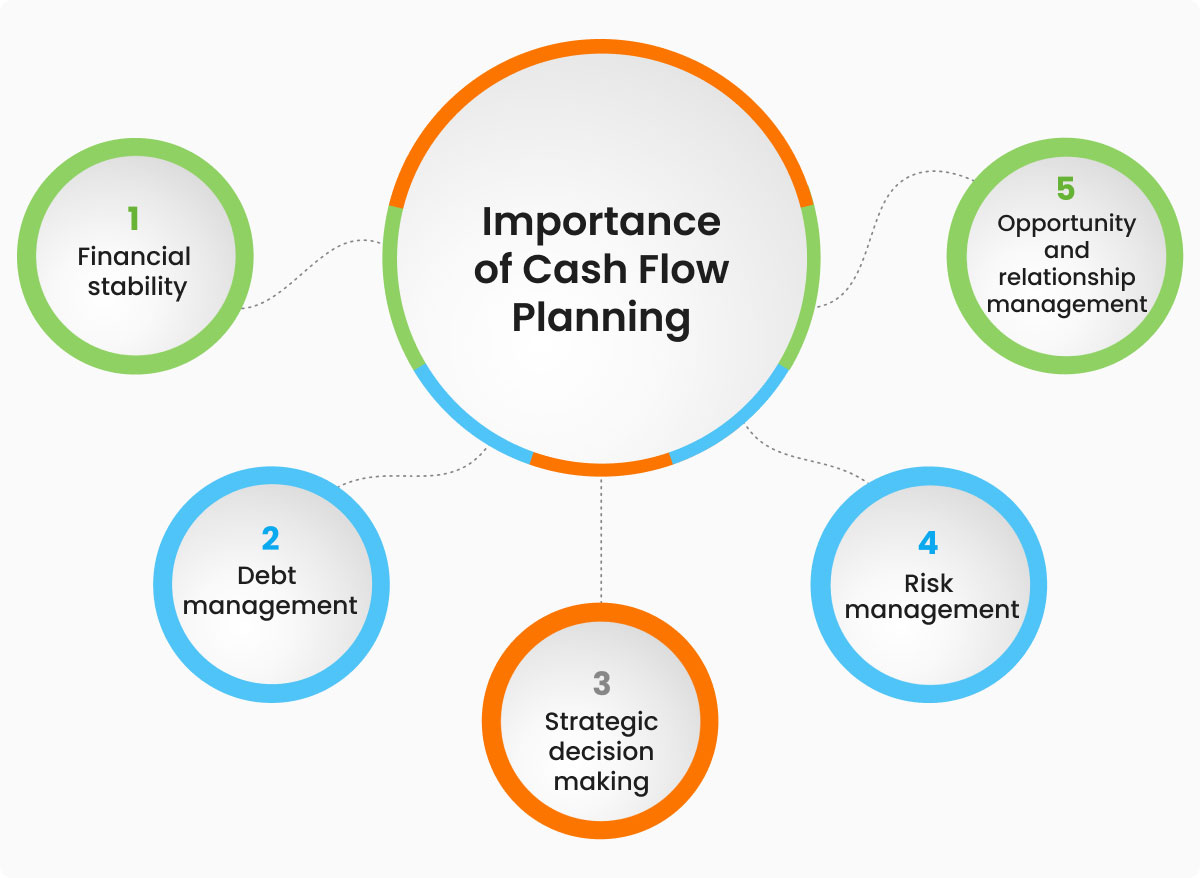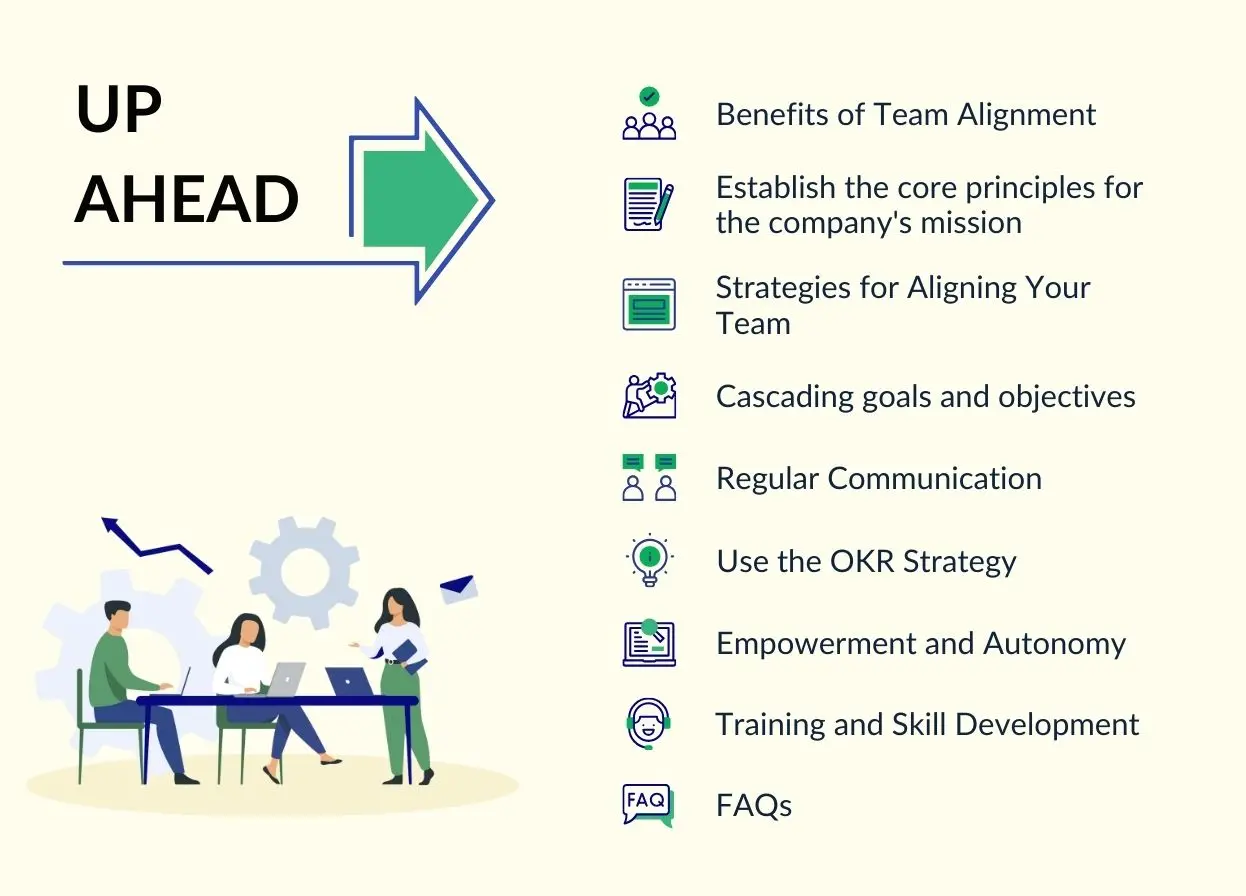Healthcare decisions are among the most important choices individuals and families face. From regular check-ups to unexpected emergencies, the systems we rely on for medical support significantly impact our quality of life. Striking the right balance between affordability, access, and quality of care can often feel overwhelming, yet understanding the available options can empower people to make more confident and secure choices.
The growing importance of proactive healthcare
Modern lifestyles, longer lifespans, and new medical innovations have shifted the focus from reactive care to proactive health management. Preventative care such as annual screenings, vaccinations, and wellness checks are vital tools in reducing long-term risks. However, navigating how these services are delivered, funded, and accessed is key to making sure healthcare supports not just emergency needs but also overall wellbeing.
Many public systems provide universal coverage but may face challenges such as waiting times and limited resources. On the other hand, additional healthcare options exist to complement these systems, offering faster access to certain treatments, specialist consultations, and personalized services.
Access and affordability
Healthcare affordability is a subject of ongoing debate worldwide. Rising costs of treatments, medications, and advanced therapies create barriers for many people. As governments and private providers look for ways to address these challenges, patients often have to consider what balance works best for them—whether that means relying fully on public healthcare, seeking supplementary options, or creating a hybrid approach.
Affordability does not just mean the cost of appointments; it also includes medication access, diagnostic tools, rehabilitation, and aftercare. For families, it often extends further, considering multi-generational needs that include both young children and older relatives.
Technology’s role in reshaping healthcare
Technology is revolutionizing how care is delivered. Telemedicine, wearable devices, and digital health platforms have created more convenient ways to monitor, diagnose, and treat patients. These tools help reduce pressure on overburdened systems, while also giving individuals greater autonomy in managing their health.
Artificial intelligence, for example, is increasingly being used in diagnostics, while data-driven insights improve how chronic conditions are managed. These innovations can improve efficiency and lower costs, but they also require careful oversight to ensure data privacy and equitable access.
Personalising healthcare decisions
When deciding how to structure their healthcare plans, many people explore multiple avenues. For some, this means sticking exclusively with national health systems, while others may consider alternatives that can reduce waiting times or provide specialist access. In this context, one of the popular options explored is private health insurance, which is often viewed as a way to secure faster treatment and broader flexibility. While not suitable for everyone, it illustrates the growing demand for tailored approaches to healthcare management.
The value of preventative strategies
The most cost-effective healthcare is often preventative. Building strong lifestyle habits—such as maintaining a balanced diet, exercising regularly, and managing stress—can reduce reliance on medical interventions. Governments and employers are increasingly promoting wellness initiatives, encouraging healthier living as a way to reduce pressure on healthcare systems.
Companies are also recognizing that employee wellbeing is closely tied to productivity. Corporate wellness schemes, flexible working arrangements, and health-focused benefits are becoming more common, helping to create healthier work environments that benefit both individuals and organisations.
Preparing for the future
Healthcare systems worldwide are facing significant challenges: an aging population, rising chronic conditions, and economic pressures. Policymakers, employers, and individuals all play a role in finding sustainable solutions. The most effective strategies will likely combine strong public health infrastructure with private and technological innovations, ensuring that future generations have access to both high-quality and affordable care.
Ultimately, healthcare decisions are personal and multifaceted. By staying informed about available options, considering individual needs, and balancing short-term convenience with long-term wellbeing, individuals and families can make choices that enhance their overall quality of life.





